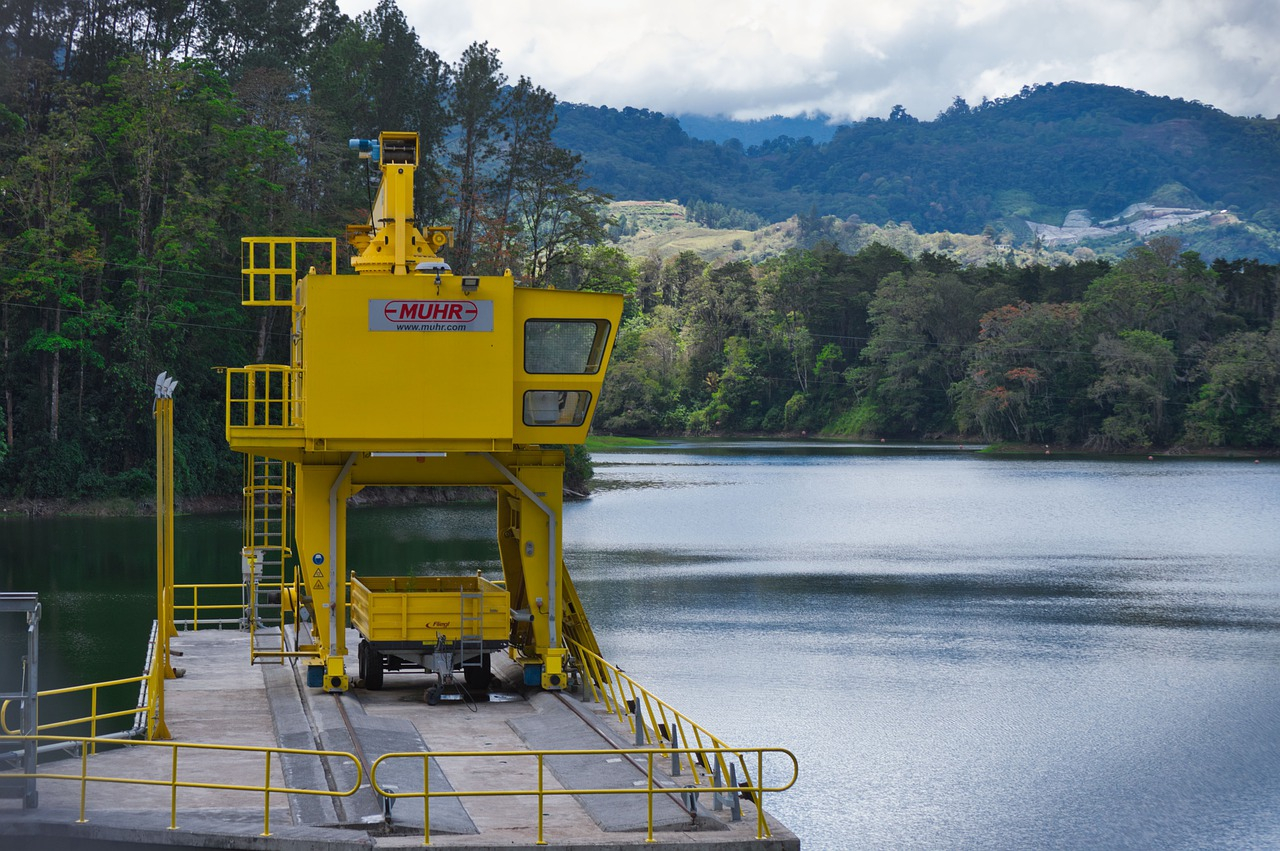There’s a myriad of ways in which the western world has been shaken by Russia’s war with Ukraine, and the waves of repercussions have been felt way beyond the immediacy of Europe. As the devastating humanitarian crisis that comes with such types of armed conflicts begins taking its toll, the economic consequences soon follow.
In the case of Russia, its place as one of the world’s main fossil fuel producers and exporters has translated into echoes felt by the global energetic market, with spiking oil prices and general uncertainty. This developing situation has forced many countries to rethink their relationship not just with Russian gas and oil, but with fuels in general, which has opened up discussions about taking a step further towards carbon neutrality and renewable energies.
Somewhat distant from the main forums in the Western hemisphere, a small Central American nation has been at the forefront of such initiatives for years. The much celebrated commitment from Costa Rica’s government to a fully decarbonised economy by 2050 has put the country in the global spotlight, and given the newfound interest in carbon neutrality world-wide, the ticos position themselves as trendsetters.
Recently, during the third anniversary of Costa Rica’s National Decarbonization Plan, another step was taken when president Carlos Alvarado signed a proposal for local production of green hydrogen in liaison with the Costa Rican Institute of Electricity (ICE) and Australian company Kadelco. The aim of this collaboration is to identify electricity supply conditions for the development of this innovative alternative.

Green hydrogen is the reaction produced by splitting water into hydrogen and oxygen using renewable energy, and it’s been considered an essential piece towards the world’s energy transition. At the UN Climate Conference, COP26, green hydrogen was featured in a number of emission reduction pledges. It’s role towards the decarbonization of heavy industries like shipping, freight and aviation (who’ve been historically difficult to electrify), is seen as a pillar for a potential net zero economy.
In a recent interview with the World Economic Forum, Dr. Emanuele Taibi, Head of the Power Sector Transformation Strategies at International Renewable Energy Agency (IRENA), mentioned his five essential actions needed for achieving net zero emissions by 2050: 1) Energy efficiency 2) Electrification with renewables 3) Acceleration of renewable power generation 4) scaling up sustainable ways to to produce green fuels and 5) Replacing gray hydrogen with green hydrogen.
Currently, Costa Rica is not only leading the way in all of those, but actively seeking how to pave the road for other countries. With the recent proposal for local production of green hydrogen, the small Central American nation shows that it’s beyond just seeking ways to switch towards renewable energy sources, as it also engineers methods and alliances to reduce the environmental cost of producing said resources.
In the 1970’s, the Western world suffered one of modern history’s most acute energy crises, when the Yom Kippur War and the Iranian Revolution halted oil exports in the Middle East and prices went soaring. Nations like the United States began seeking ways towards energy independence, but clearly the opportunity for change faded over time. With the contemporary world’s awareness and access to information, history shouldn’t repeat itself, and yet, global half-measures and broken pledges have led us to similar crossroads. Thankfully, the visionary mindset of a developing nation has shown the rest of the world that things don’t need to be this way, becoming the improbable protagonist of a crusade for actual change.
